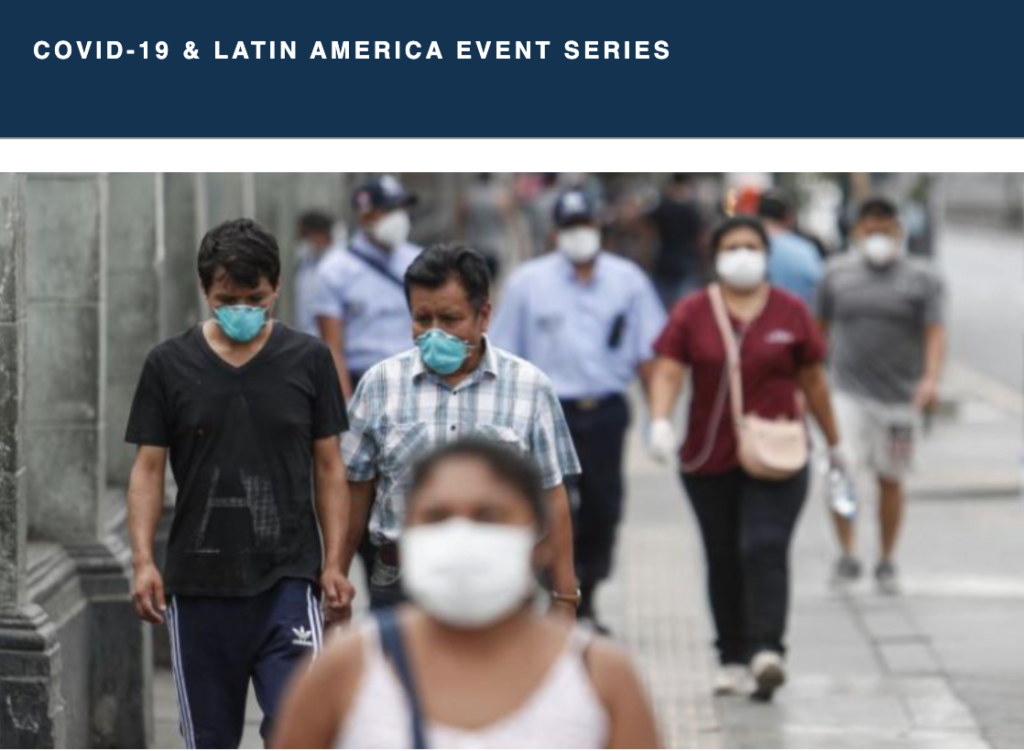

Despite implementing one of Latin America’s first and strictest lockdowns, Peru has become one of the world’s worst hot spots for coronavirus. After Brazil, Peru has the most Covid-19 cases in the region. As of June 24, there are over 260,000 confirmed cases and 8,404 deaths due to Covid-19, but many fear that those numbers understate the true extent of the pandemic.
Even with one of the largest economic stimulus packages in the region, job opportunities and income have vanished for many, as over 70 percent of the population works in the informal sector. The World Bank estimates that Peru, long regarded as one of Latin America’s strongest performers, will face a contraction of GDP by 12 percent, and a possible increase in poverty levels by ten points, by the end of the year. Lima, a city of migrants, saw a massive exodus as hundreds of thousands returned to their hometowns, desperate to flee the pandemic and the loss of income. Furthermore, in a country with entrenched corruption, there have been multiple reports that officials pocketed money that was supposed to pay for aid or personal protective equipment.
- What are the political and social implications of this pandemic for the country?
- What changes could Martin Vizcarra’s government pursue to tackle this worsening crisis?
- Could this crisis be a stimulus for long-delayed institutional and social reforms?
- Are there any lessons learned from other countries in the region or elsewhere that could help prevent further suffering?
- What are the effects of this crisis on Peru’s elections scheduled for April 2021?
The Dialogue is pleased to welcome three distinguished experts for an in-depth discussion about this and other issues facing the country.
